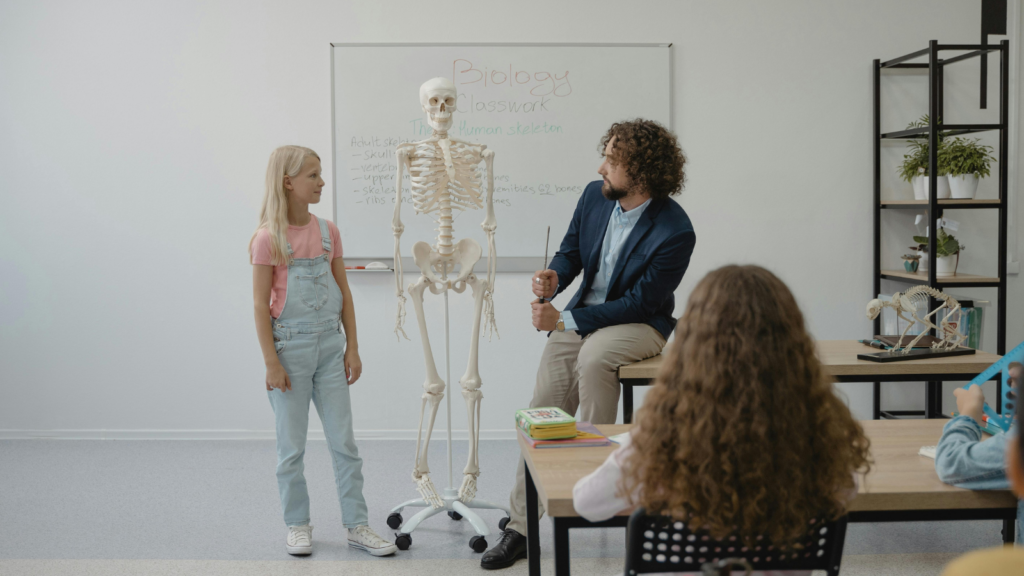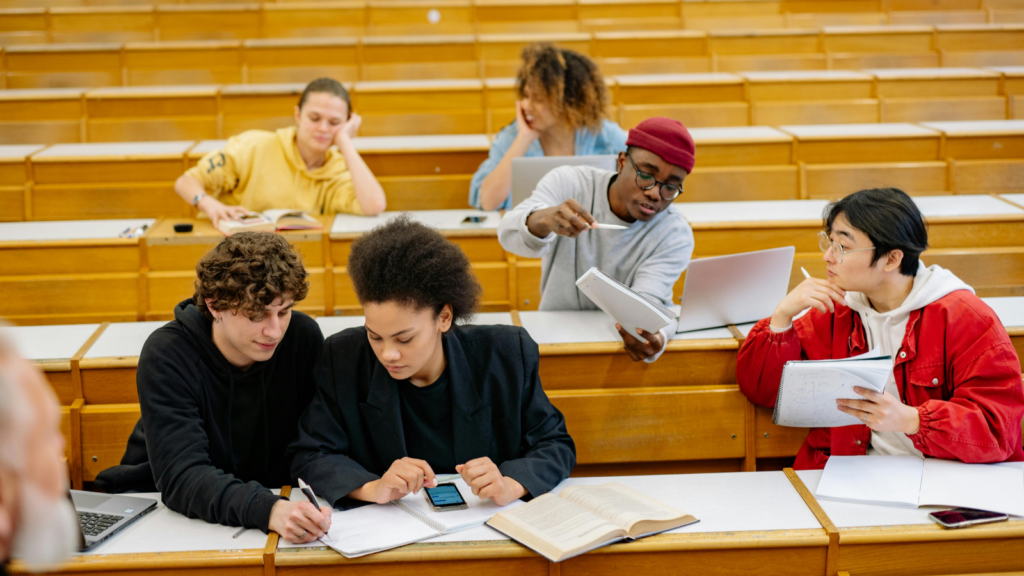In the bustling arena of education, the right strategies for learning can be the game-changer. Whether you’re a student striving to ace your exams or an adult looking to pick up a new skill, understanding how to learn efficiently can make all the difference. But how do you select the best learning strategies from the myriad of options available?
Strategies for Learning
Visual & Auditory Learning Strategies
Visual learners primarily rely on what they see to assimilate new information. For them, visual aids such as diagrams, charts, maps, and images greatly aid the learning process. Teachers or trainers can enhance their strategies by incorporating graphic representations of data, color-coding the materials, or using tools like flowcharts.
Contrarily, auditory learners bank on what they hear to comprehend novel ideas. They exhibit superior ability to remember spoken instructions or lectures. Noteworthy auditory-learning strategies include using mnemonic devices with sound and repeating material out loud.
Kinesthetic Learning Strategies
Kinesthetic learners, on the other hand, gain knowledge best through physical activities or hands-on tasks. They might struggle with sitting idle during lessons or studying for long periods without movement. Active learning exercises, role-playing games, lab experiments, constructing models, or fieldwork are effective strategies for kinesthetic learners.
Setting Achievable Learning Goals
Short-Term & Long-Term Goals

Short-term goals provide immediate focus. They encompass tasks to be achieved over a week, a month, or even a few months. Revisiting class content daily, for example, is a realistic goal benefiting both auditory and visual learners. A kinetic learner can set experiential tasks, like performing an experiment, as a short-term goal.
As short-term goals act as stepping stones, long-term goals are the ultimate prize. Lasting a year or more, they require commitment and relentless drive. Pursing a certification or achieving proficiency in a language exemplifies long-term goals.
Long-term learning goals ought to align with personal ambitions or career objectives. For an auditory learner wishing to become a language interpreter, mastering a new language stands as a worthwhile long-term goal. Diagram-oriented learners in architecture, in contrast, may aim for developing unique building designs.
Utilizing Technology for Learning
Continuing from the exploration of varied strategies for learning and aligned learning goals, this section introduces the role of technology in supporting the educational journey. Technology acts as a catalyst, fostering the learner’s autonomy, offering flexibility, and supplementing traditional education methods.
Educational Apps

Educational apps act as pivotal digital tools that bolster various learning styles. They bridge gaps between traditional education boundaries and modern learning requirements. Apps like Evernote, Coursera, and Duolingo, for instance, establish an interactive learning interface. They break the monotony, introduce innovative learning methods and align with the evolving digital age. It’s essential for learners to explore these apps and identify ones that augment their learning style. For visual learners, for example, Khan Academy offers illustrated videos. On the other hand, Audible caters to auditory learners by offering an extensive range of audiobooks.
Online Courses and Resources

Digital platforms offer an array of online courses and resources, democratizing education and making it accessible to everyone. Websites like edX, Coursera, or LinkedIn Learning, present rigorous academic content from top universities, offering learners the flexibility to learn at their pace.
They cover a broad topic spectrum, ensuring that learners find courses that align with their personal ambitions or career objectives. Moreover, platforms such as TED Talks and Google Scholar serve as beneficial resources that supplement online courses. They provide insightful lectures and scholarly articles, respectively, deepening knowledge and essentially helping the learner achieve their long-term goals.
The Right Strategies for Learning
It’s clear that a personalized approach to learning, supported by technology, is the way forward. By understanding one’s unique learning style, setting achievable goals, and leveraging educational apps, one can create a tailored learning strategy that truly works. Online platforms like edX and Coursera not only offer a wealth of knowledge but also democratize education. Supplementing these with resources like TED Talks and Google Scholar can further enrich one’s knowledge base, making long-term goals more attainable. So, it’s time to embrace these strategies for learning and unlock the full potential of the mind.


